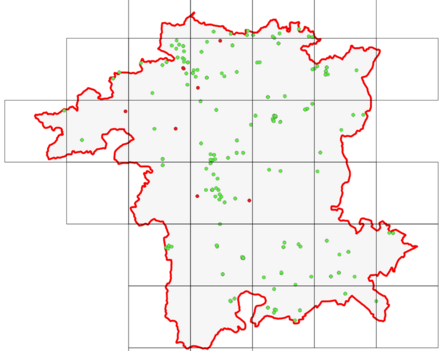With house martin numbers declining in recent years, the species has been identified as a focus of Worcestershire Wildlife Trust’s Wildlife Sightings scheme, to find out more information about their population, distribution and breeding in Worcestershire.
Records from previous years show that most reports of house martins have come from popular birding sites.
Worcestershire’s county bird recorder, Craig Reed, commented “There is a significant observer bias where many records received are of flocks over wetland sites and, as a result, this widespread species is overlooked closer to home where their cheerful chirruping calls and fast erratic fight is a common sight over many homes across the county.
“Despite their widespread distribution, very little nesting data is usually received.”
By asking Worcestershire residents to look out for and record house martins over their homes and in their gardens, it is hoped that the gaps in current data will be filled and will provide a more accurate picture of distribution across Worcestershire. It should also help to confirm if there is a genuine absence of the species in urban areas or simply a lack of reported sightings.

